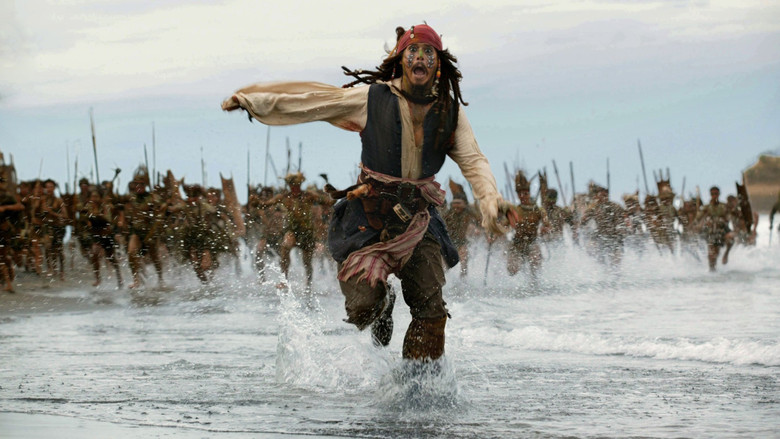Establishing shot: An establishing shot is usually the first shot of a new scene, designed to show the audience where the action is taking place. It is usually a very wide shot or extreme wide shot.
Long Shot: typically shows the entire object or human figure and is usually intended to place it in some relation to its surroundings.
Medium Shot: A value of framing in which the subject is a bit smaller than a medium close-up; a human figure from the waist up.
Eye Level Shot: A Viewpoint is the apparent distance and angle from which the camera views and records the subject.
Close Up Shot: A close-up or closeup in film making, television production, still photography and the comic strip medium is a type of shot, which tightly frames a person or an object.
Birds Eye Shot: A bird's-eye view is an elevated view of an object from above, with a perspective as though the observer were a bird, often used in the making of blueprints, floor plans and maps. It can be an aerial photograph, but also a drawing.
Worms Eye Shot: A worm's-eye view is a view of an object from below, as though the observer were a worm; the opposite of a bird's-eye view.
Extreme Close Up Shot: The shot is so tight that only a detail of the subject, such as someone's eyes, can be seen.
Reaction Shot: In motion picture film production, cinematography and video production, a reaction shot is a shot which cuts away from the main scene in order to show the reaction of a character to it, a basic unit of film grammar.
Point of View Shot: A point of view shot (also known as POV shot, First-person shot or a subjective camera) is a short film scene that shows what a character (the subject) is looking at (represented through the camera).












No comments:
Post a Comment